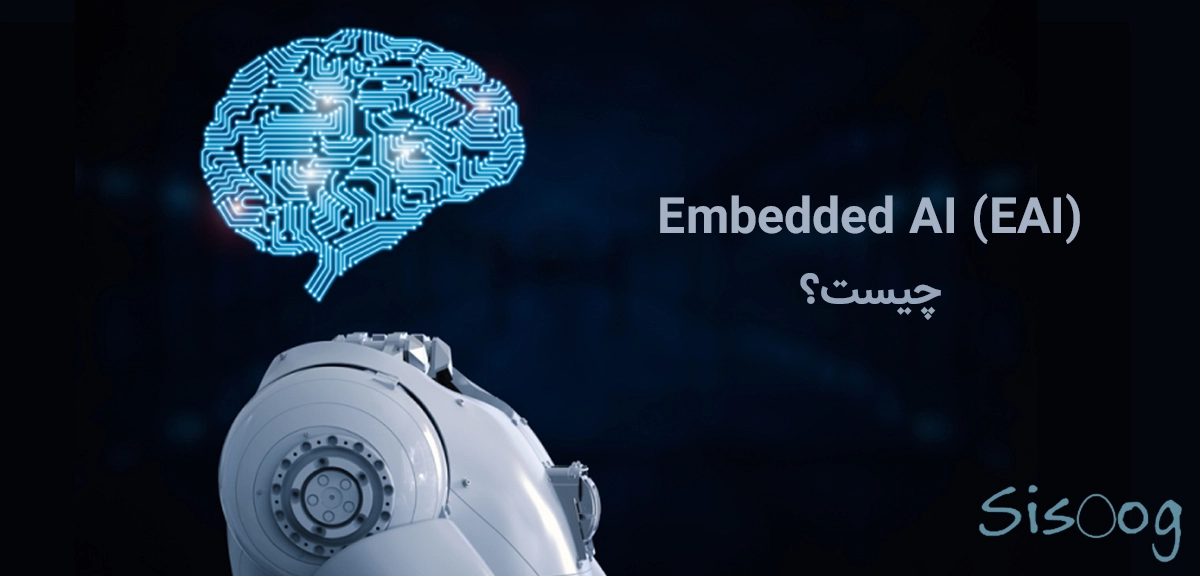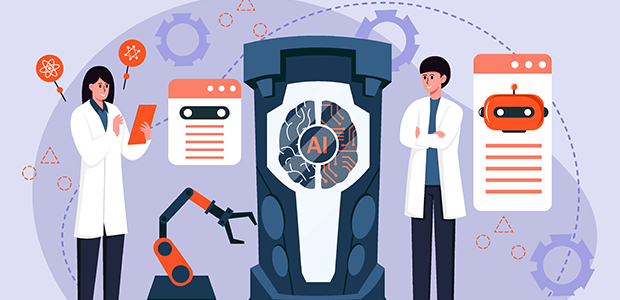Kinds Of AI Acceleration Involved In Embedded System Circuit Diagram Industrial machines with AI-powered embedded systems can monitor equipment, process real-time sensor data, and execute self-diagnoses, minimizing downtime and improving operational efficiency. Autonomous vehicles. AI-powered vehicles rely heavily on embedded artificial intelligence to process real-time data from their surroundings.

Processing AI workloads in embedded systems entails more power consumption than other tasks execution. Effective power management is particularly important for battery-powered devices, ensuring the system is optimally using its power resources. Power usage optimizations can be done both through software configurations and hardware design. Introduction Artificial Intelligence (AI) is revolutionizing embedded systems, enabling smarter, autonomous, and more efficient devices.From healthcare and automotive to IoT and industrial automation, AI-driven embedded solutions are reshaping how machines process and react to real-time data.. However, integrating AI into embedded systems presents challenges such as computational constraints Key Milestones in Embedded Systems Technology. 1960s: The Apollo Guidance Computer (AGC) is a landmark achievement, showcasing the power of embedded systems in critical space missions. 1970s: The invention of the microprocessor by Intel marked a turning point, enabling more complex functionalities and higher processing power within embedded

AI Integration in Embedded Systems: Analyzing Challenges and ... Circuit Diagram
Autonomous vehicles and drones, powered by embedded AI, can navigate and make decisions without human input. 4. Real-time Decision Making. Embedded AI systems can process data and make decisions in real-time, crucial for applications like autonomous driving, where timely decisions are critical for safety. Artificial intelligence in Embedded

AI in Electronics: Balancing Promise & Pragmatism provides an in-depth analysis of the adoption, challenges, and opportunities of AI within the electronics industry. The study, which analysed responses from electronics professionals, reveals a complex landscape characterized by both excitement and apprehension towards AI technologies. Another key strategy for improving the power efficiency of AI in embedded systems is optimizing the way data is represented during computation. Many AI frameworks, such as TensorFlow and PyTorch, typically use 32-bit floating-point numbers for their operations. However, in many cases, AI algorithms can operate effectively with smaller, more "Omniverse is an operating system that connects the world's physical data to the realm of physical AI," said Rev Lebaredian, vice president of Omniverse and simulation technology at NVIDIA. "With Omniverse, global industrial software, data and professional services leaders are uniting industrial ecosystems and building new applications
